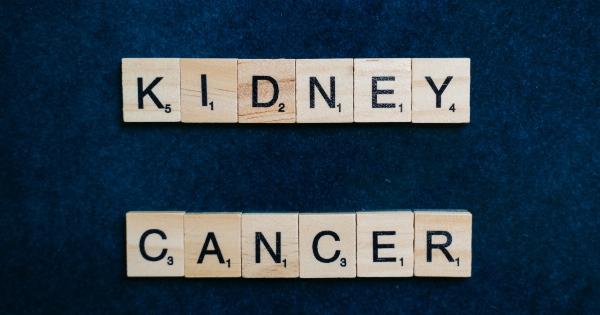Cancer is a term used to describe a group of diseases characterized by uncontrolled growth and spread of abnormal cells in the body. It is one of the leading causes of death worldwide, and its prevalence continues to increase.
Understanding the mechanisms behind cancer growth and destruction is essential in developing effective treatment and prevention strategies.
Cancer Growth Mechanisms
The growth of cancer cells is driven by various mechanisms, including genetic mutations, epigenetic changes, and alterations in signaling pathways.
These mechanisms interact with each other, leading to the uncontrolled proliferation and survival of cancer cells.
Genetic Mutations
Genetic mutations are changes in the DNA sequence that result in altered gene expression and function. Mutations can occur spontaneously or as a result of exposure to environmental factors such as radiation, chemicals, and viruses.
In cancer cells, mutations can activate oncogenes, which promote cell growth, and inactivate tumor suppressor genes, which normally prevent cell division.
Epigenetic Changes
Epigenetic changes are modifications to the DNA molecule and associated proteins that regulate gene expression without altering the DNA sequence. These changes include DNA methylation, histone modification, and non-coding RNA expression.
Epigenetic alterations can lead to the activation or inactivation of genes that promote or suppress tumor growth.
Signaling Pathway Dysregulation
Signaling pathways control the behavior of cells by transmitting signals from the cell surface to the nucleus, where they affect gene expression. In cancer cells, signaling pathways are often dysregulated, leading to uncontrolled growth and survival.
Examples of dysregulated pathways in cancer include the PI3K/Akt/mTOR pathway, which promotes cell growth, and the p53 pathway, which normally triggers programmed cell death in response to DNA damage.
Cancer Destruction Mechanisms
The destruction of cancer cells can occur through various mechanisms, including surgery, radiation therapy, chemotherapy, and targeted therapy. Each of these approaches targets different aspects of cancer cell growth and survival.
Surgery
Surgery involves the removal of cancerous tissue from the body. It is often used for localized cancers that have not spread to other parts of the body.
Surgery can be curative if all cancerous tissue is removed, but it may not be effective if cancer has spread or if the tumor is large and difficult to remove.
Radiation Therapy
Radiation therapy uses high-energy radiation to kill cancer cells. The radiation damages the DNA of the cancer cells, leading to their death. Radiation therapy can be delivered externally or internally, depending on the location of the tumor.
It is often combined with other treatments, such as surgery or chemotherapy.
Chemotherapy
Chemotherapy uses drugs to kill cancer cells. The drugs target fast-growing cells, such as cancer cells, and cause damage to their DNA or other cellular components.
Chemotherapy is often used for cancers that have spread or are difficult to remove with surgery. It can have significant side effects, including nausea, hair loss, and increased risk of infection.
Targeted Therapy
Targeted therapy uses drugs that target specific molecules involved in cancer cell growth and survival. These drugs can block the signaling pathways that promote cancer growth or activate the immune system to attack cancer cells.
Targeted therapy is often used in combination with other treatments. It can have fewer side effects than chemotherapy.
Conclusion
Understanding the mechanisms behind cancer growth and destruction is essential in developing effective treatment and prevention strategies. Cancer growth is driven by genetic mutations, epigenetic changes, and dysregulation of signaling pathways.
Cancer can be destroyed through various methods, including surgery, radiation therapy, chemotherapy, and targeted therapy.

























